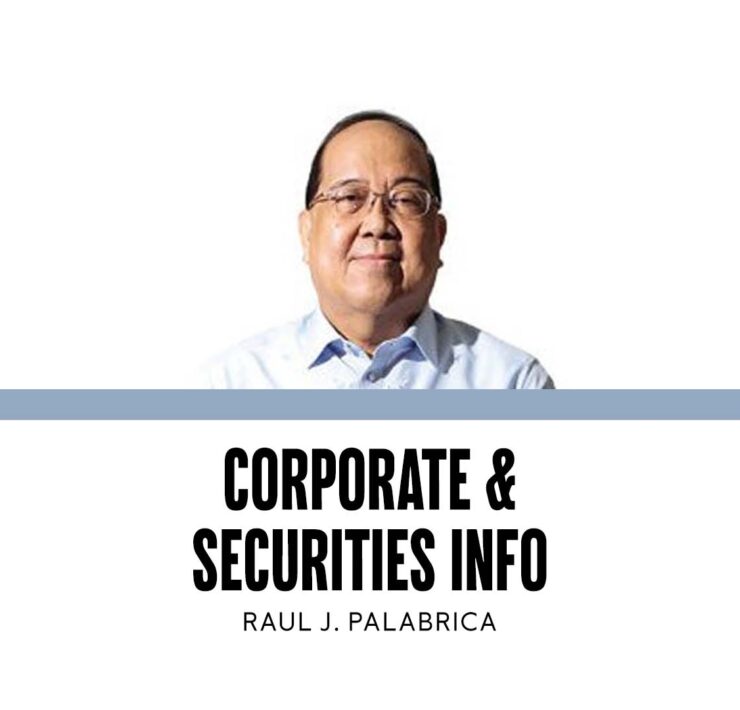Social media-based election campaign

With the filing of the certificates of candidacy for next year’s midterm elections over and done with, the Commission on Elections (Comelec) has started the winnowing process of determining who are eligible to continue with their candidacies.
In light of a Supreme Court ruling that restricted the Comelec’s otherwise broad authority to pass upon the issue on who may be declared a nuisance candidate and therefore barred from pursuing his or her candidacy, the list of candidates is expected to be lengthy.
A perceived inability to sustain a viable national campaign or lack of name recall can no longer be cited as justification to declare a candidate a nuisance candidate. The Comelec has to have strong reasons in making that declaration.
For candidates who pass muster and have no possible disqualification case to contend with, their next step would be to plan their campaign strategy and organize their staff.
Time is of the essence because the campaign period for senatorial and party list candidates is from Feb. 11 to May 10, and for House representatives and local positions, from March 28 to May 10.
In provinces, cities and municipalities, the campaigns are not expected to veer away much from the traditional person-to-person or barangay-based way of vote solicitation and the use of printed campaign materials.
Social media as a campaign tool could be helpful in those areas, but it’s doubtful if it would make a big difference because it does not have the “personal touch” that is critical in local elections. Rallies and barnstorming remain essential to election success.
It’s in the race for the Senate that social media could play a significant role in boosting candidacies, especially for candidates whose surnames do not have a familiar ring or have limited media exposure.
Based on past election results, the most significant of which was the election of TV and social media personality Sen. Raffy Tulfo, it is apparent the internet has become an equalizer of sorts in election campaigns that used to be heavy on radio, TV and newspaper advertisements.
Those days are over because cyberspace has made vote solicitation and information dissemination to the public easier, faster and less costly.
Past surveys had shown that millennials and Gen Z source news and information primarily from their laptops and cell phones, and not from newspapers, radio and TV.
As a result, advertising or PR (public relations) agencies that once played a significant role in the “selling” of their client candidates had experienced a dramatic drop in their influence.
Political advertisements in internet-based portals have become the preferred choice in reaching out to the voting age audience. Next year’s election campaign is not going to be any different.
For national positions, social media is expected to be the go-to communications (or propaganda) channel for candidates who do not have the financial resources to undertake an effective nationwide campaign.
The services of content creators would be in demand for the design, preparation and presentation of campaign materials that can appeal to Filipinos who are most likely to cast their votes on May 12, 2025.
Note that in the 2022 elections, millennials and Gen Z accounted for more than 65 percent of registered voters and are believed to have made the difference in the election of the incumbent president and vice president.
Unlike before when expensive sophisticated equipment were needed to make those materials, this time all it takes to do that is to have a cell phone with high resolution video and strong audio capacity and good Wi-Fi connection and the product can be immediately uploaded to the internet.
In terms of design and presentation, some social media posts that came out after the certificates of candidacy had been filed were superbly done. They were brisk, eye catching and hit the right chord with the target audience.
No doubt, social media has come of age and its influence will be felt in next year’s and future elections.



















